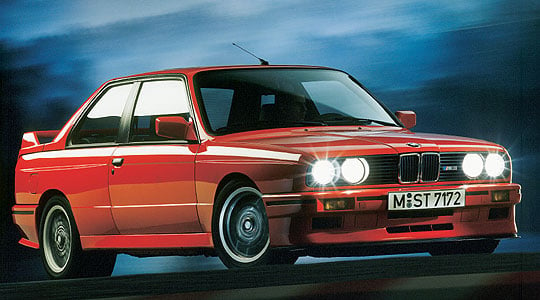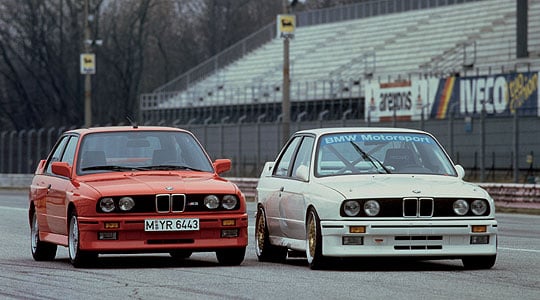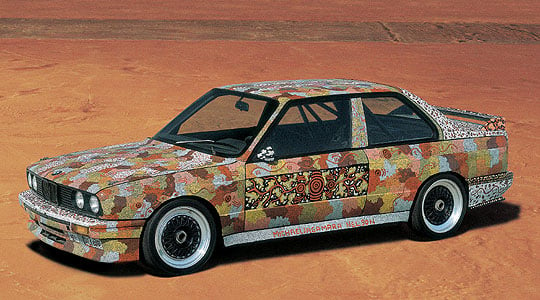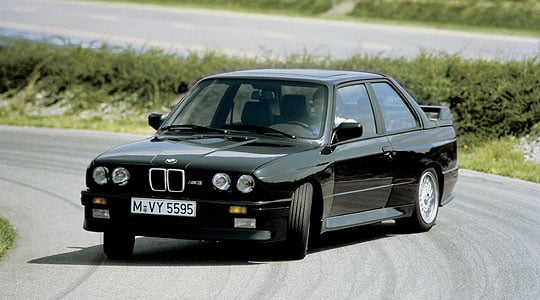
As every schoolboy ought to know, BMW’s original M3 was based on the E30, was made from 1986 to 1992, and it won the Nürburgring 24 Hours for four consecutive years. It also won the one-off World Touring Car Championship in 1987, plus every major national Touring Car Championship of any account around the world, sometimes several times.
The E30 M3 did all that and much, much more but these bald, if impressive, facts are not enough on their own. This car drew an enormous cult following that has endured down the years and there’s nothing mysterious about why that happened. It wasn’t just because it was very fast, which it was in its day, and it wasn’t anything to do with trifling concerns about image. Reliability and a fair price perhaps had their influence but this was not a cheap car – so neither of those points answers the question of exactly why it achieved such a high reputation. The key factor, quite simply, was to be found in the sublime handling. This was the most amazing drivers’ car; it was such fun to drive and the word spread like wildfire: the original M3 really did offer automotive pleasure in its purest form.

Like many great cars, the E30 M3 was a good old homologation special at heart. BMW created it not merely to qualify for Group A Touring Car Racing, but to dominate it. At first, the 2.3-litre four-cylinder road car offered to the public produced 195bhp but a few tweaks to the top end soon saw that rise to 215bhp. Apart from the expected saloon, the rare convertible version was the fastest open four-seater available in the world.
BMW’s M-cars have never been mere modified standard cars with a few engine upgrades. Everything – the suspension, brakes, transmissions and aerodynamics are all engineered from the ground up to meet the sporting criteria synonymous with the M for Motorsport badge. The M3 shared its bonnet with the standard road car on which it was based but everything else in the bodywork was changed (unless you count the sunroof). Obvious enough to the eye were the wider track and taller wheels but the complete vehicle was quite different under the skin, making it a genuine, high-performance, track-ready car. Further evolutions were regularly introduced and homologated to keep the M3 E30 on the pace on the track, with special editions further adding to showroom appeal.

Naturally enough, it came to take its place in the famous ‘Kunst am Automobil’ programme, BMW’s Art Car Collection. Starting with a full-race, 296bhp black M3 E30, Australian artist Michael Jagamara Nelson worked flat out for seven solid days in BMW’s own paint shop, producing an apparently abstract design of geometric patterns. Closer inspection revealed that he was inspired by Australian Aboriginal mythology, producing a characteristically dream-like work. On a more basic level, children can have fun finding the kangaroos, the emus, the ants and the possum which Nelson included.
BMW’s first M3 has long been seen as a desirable classic car. There was some grumbling from people who should have known better when it was replaced by bigger models with larger engines which had more cylinders. Far from tampering with a sacred icon, BMW had to make the M3 bigger and more beefy to give the concept a fresh lease of life. Thus the six-cylinder E36 was launched in 1992.

The deceptively simple-looking four-cylinder E30 version was left behind, reminding us with its lasting charm of a great era in which driving pleasure had a slightly different quality. It was an age when we could still, just about, get away with chucking a car a little bit sideways every now and then and discovering, to our pleasure, that one of two of them revelled in such treatment. The BMW M3 E30 of 1986 to 1992 was one of those cars and about 18,000 of them were made – a huge number for what was, in reality, a homologation special.
Text: Charis Whitcombe
Photos: BMW
ClassicInside - The Classic Driver Newsletter
Free Subscription!




